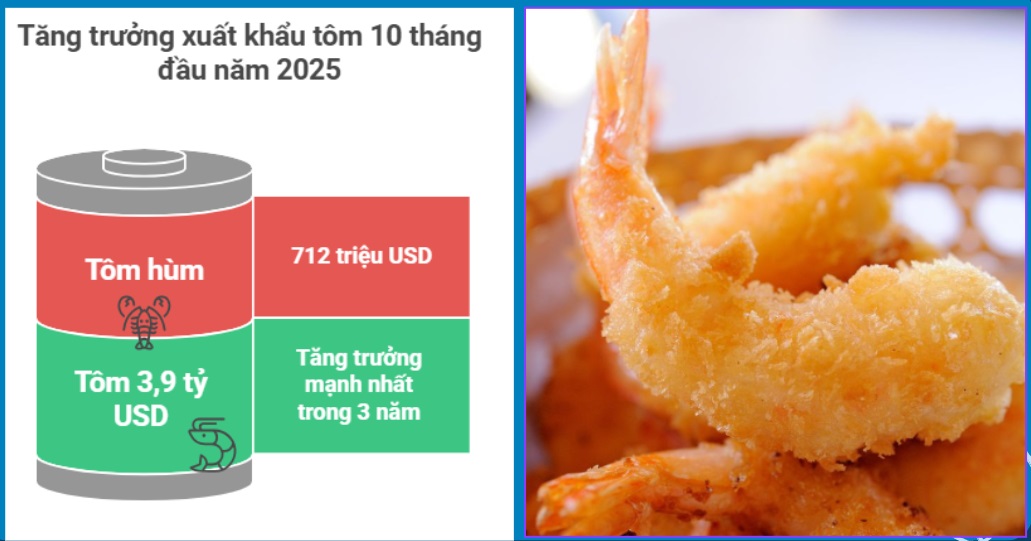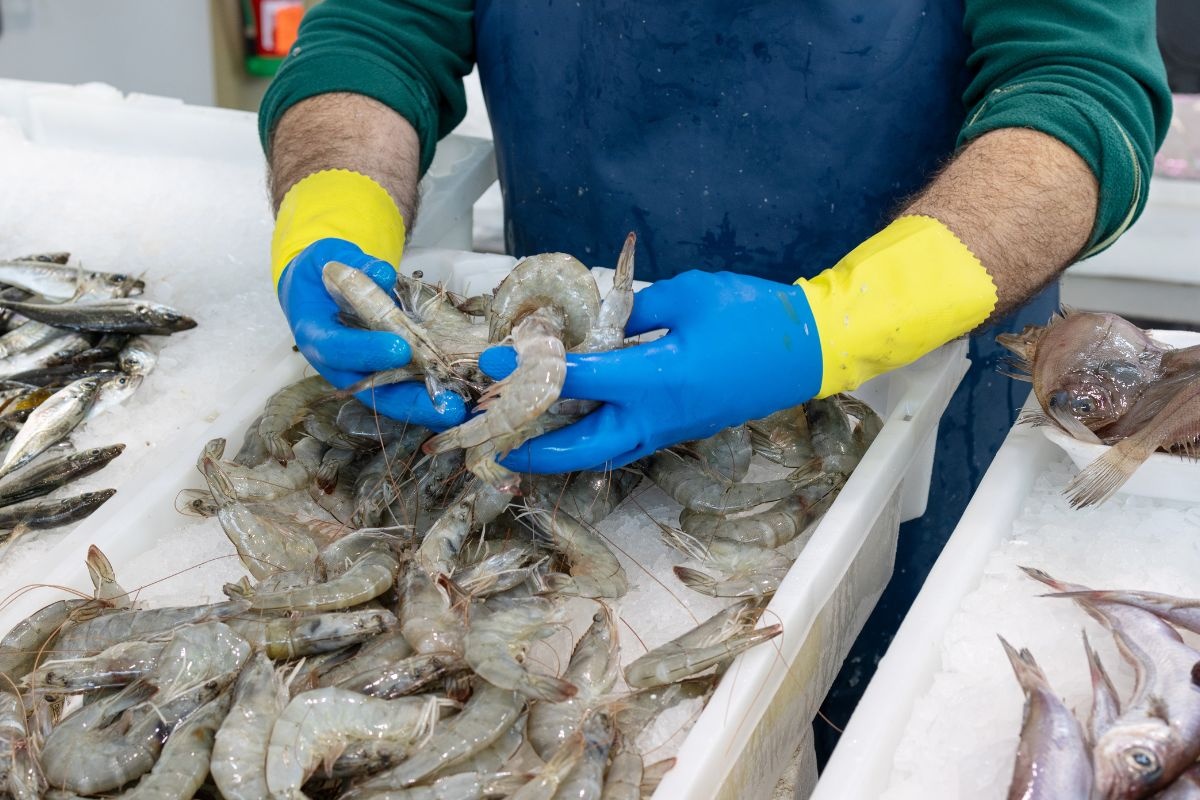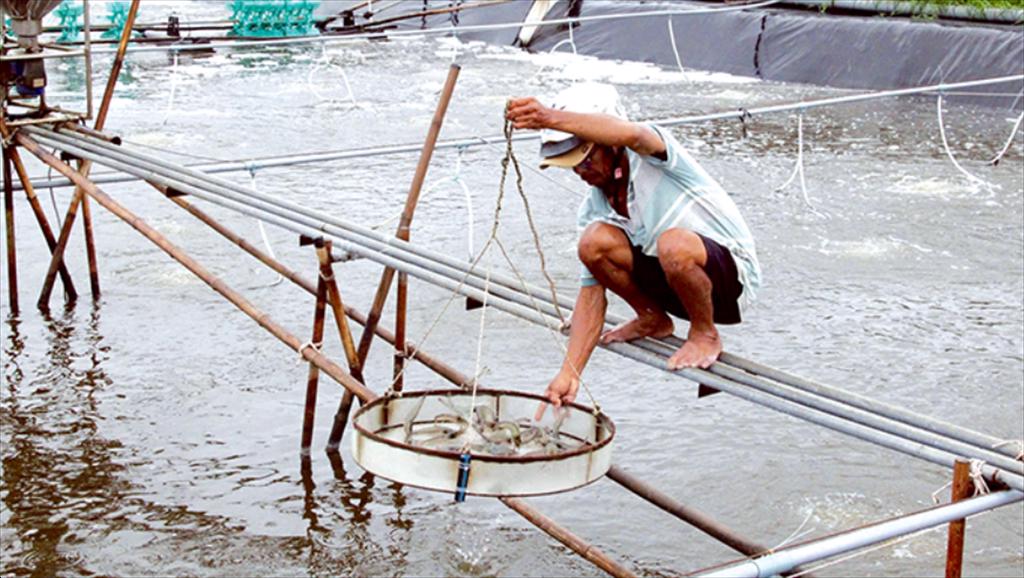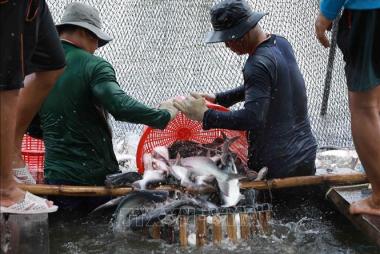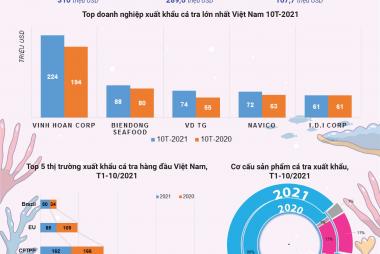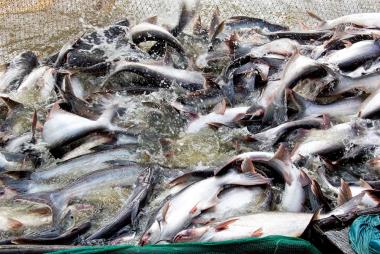
News
06
THG12
Thách thức ngành tôm hiện nay: Làm thế nào để ứng phó?
Ngành tôm Việt Nam đang đối mặt với nhiều thách thức lớn, bao gồm nhu cầu thị trường giảm, giá thành sản xuất cao, cạnh tranh gay gắt từ các quốc gia khác và dịch bệnh. Tuy nhiên, những thách thức này không phải là không thể vượt qua, nếu ngành tôm Việt Nam có sự đoàn kết, nỗ lực và ứng dụng khoa học công nghệ mới.
28
THG12
Xuất khẩu của Vĩnh Hoàn tăng mạnh, giá cá tra dự báo tiếp tục tăng năm 2022
Báo cáo 11 tháng của Thuỷ sản Vĩnh Hoàn (mã chứng khoán: VHC) cho thấy, xuất khẩu tăng trưởng rất tốt, chủ yếu nhờ thị trường Mỹ.
07
THG12
Infographic: Xuất khẩu cá tra Việt Nam 10 tháng đầu năm 2021
(vasep.com.vn) Tính đến hết tháng 10/2021, tổng giá trị XK cá tra Việt Nam đạt 1,21 tỷ USD, tương đương với cùng kỳ năm ngoái. Trong đó, sản phẩm cá tra chế biến XK giảm hơn 50%. Riêng tháng 10/2021, giá trị XK cá tra đạt 136,7 triệu USD, giảm 19,7% so với cùng kỳ năm 2020.




